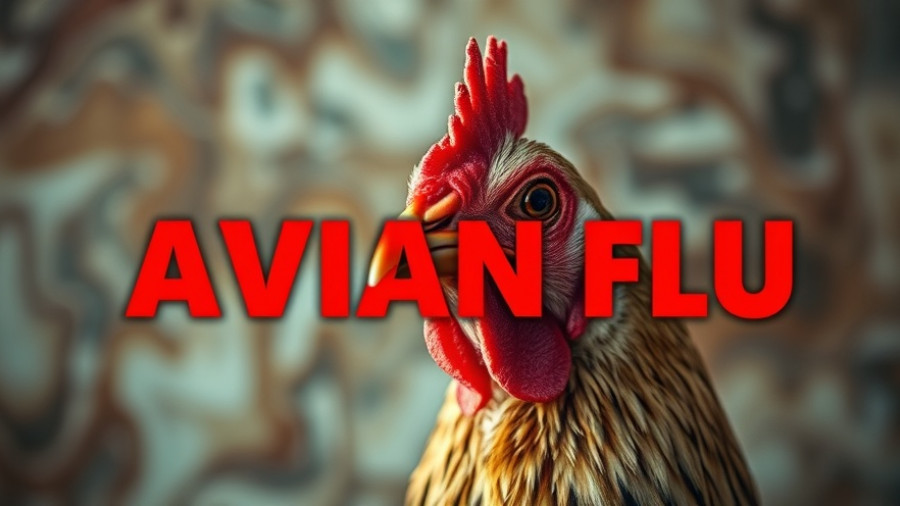
Understanding the Escalating Threat of Avian Influenza
The change of seasons brings beautiful landscapes and the vibrant return of migratory birds, but it also signals the heightened risk of highly pathogenic avian influenza (HPAI). This year, as observed in recent reports from the Oregon Department of Agriculture, HPAI has been confirmed in five backyard poultry flocks across the state. The emergence of the virus during fall migration has the potential to significantly affect both local poultry populations and public health.
The Impacts of Migration on HPAI Spread
Migratory waterfowl, once the primary carriers of bird flu, have increasingly become sources for the virus that now also affects non-migratory bird populations. Experts indicate that as birds traverse through Oregon, the likelihood of HPAI spills over into domestic bird flocks rises. Dr. Matt Koci from North Carolina State University emphasizes the unpredictable changes in virus transmission, noting an increased retention of HPAI in resident bird species.
A Critical Review of Health Protocols
The loss of five backyard flocks is a warning sign to all poultry owners. Implementing robust biosecurity measures becomes essential. The Oregon Department of Agriculture has shared vital protocols including isolating new and returning birds, maintaining cleanliness in environments where birds are present, and reporting any unusual cases of avian mortality. Keen awareness and adherence to these guidelines can help mitigate the risks associated with avian influenza transmission.
Current Situation Across the U.S.
Over 175 million birds have been affected by HPAI since its onset in early 2022, resulting in significant loss across various states. As fall migration unfolds, states like Oregon and North Carolina keep a vigilant watch on HPAI outbreaks. Recent figures reveal that more than 3.8 million poultry have been impacted in North Carolina alone, underscoring the delicate balance of poultry health and livestock economics.
Ensuring Food Safety Amidst Growing Concerns
Despite current outbreaks, health authorities reassure consumers that properly prepared poultry and egg products remain safe to eat. Awareness of HPAI and adherence to cooking guidelines mitigate risks. According to CDC recommendations, thoroughly cooking meat and eggs eliminates any potential hazards from HPAI, thus maintaining food safety standards.
The Road Ahead: Monitoring and Reporting
Responsive actions to HPAI outbreaks are crucial. Both ODA and CDC encourage reporting any instances of sick or dead birds. This is vital in curtailing the spread of HPAI and providing timely health updates. Those involved in poultry farming must ensure ongoing communication with authorities to report any signs of disease promptly.
Take Action to Protect Your Flock
As we transition into fall, it's crucial for poultry owners to ramp up biosecurity protocols to safeguard their flocks. This includes limiting access to property, maintaining strict hygiene practices, and staying informed on the evolving situation surrounding avian influenza. Review your protocols today – preventing the spread of HPAI is a collective responsibility, and taking pre-emptive measures can save both lives and livelihoods.
 Add Row
Add Row  Add
Add 




Write A Comment